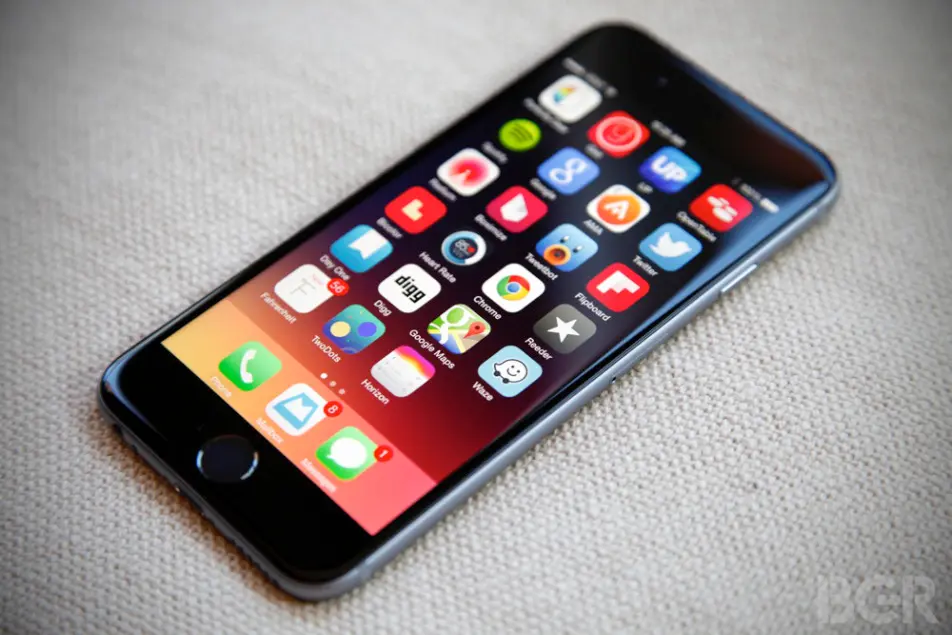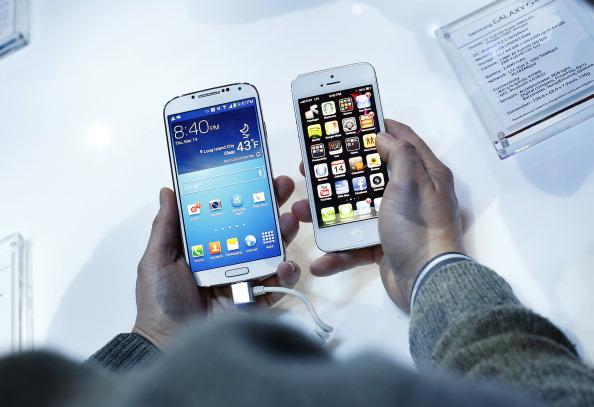When new iPhone or iPad users upgrade their firmware or OS, it is pretty common to encounter some bugs/issues that prevent devices from working properly.
A number of users have reported 3G & LTE connectivity issues on their iPhones and iPads. It is important to address these issues because the Internet plays an important role in our everyday usage, especially when we’re out and mobile data starts to kick in.
It would be a frustration to own an iPhone or iPad and not be able to connect to the Internet to use mobile data. Most applications require an Internet connection to deliver the latest and most accurate data to users. We will show you several methods you can use to get cellular data working again.
Enable/Disable Mobile Data & LTE
Just because you have successfully set up your device doesn’t mean you will be able to use the mobile data right away. Not that it’s not activated from the carrier; the mobile data settings need to be turned on. The first thing you want to do is go to Settings, tap on Mobile, and toggle on Cellular Data and Enable LTE.
If the issue isn’t going away yet, turn off both options and wait a few minutes before you turn them back on.
Restart Your iPhone or iPad
In the past, I’ve found this to be an effective way of solving cellular data problems. What you want to do is turn off your iPhone or iPad and then turn it back on.
Furthermore, since you have turned off your device, it would also be helpful to take the sim card out of the sim slot and put it back once the device is turned on again. Don’t forget to enable Cellular Data from the stock Settings app, as shown above.
Reset Network Settings
Sometimes resetting your network settings is the best option as it will remove all the information and data stored as settings. This way your cellular data will be set up as brand new, so it will be able to be fully enabled.
1. Launch the Settings app
2. Go to “General -> Reset.”
3. Choose Reset Network Settings.
As mentioned earlier, by resetting the network settings, stored information like Wi-Fi password, VPN, etc., will be removed, so don’t panic if you’re prompted to enter those credentials later on.
Check Cellular Carrier Update
To have better compatibility with the network, your carrier will usually roll out a cellular carrier update. This update consists of small files that could improve your cellular data settings along with personal hotspot, LTE, etc.
Users can check to see if there is a new cellular carrier update from “Settings -> General -> About.” There will be a popup that tells you there is an update available, and you can tap on the Install button to get the cellular settings update.
Update to the Latest Firmware
If you have done everything we mentioned above and still can’t get cellular data to work, it might not be your fault. If there is a software update available from the Settings app, we recommend that you download and install the latest iOS update; this will/should resolve the cellular data issue on your iPhone or iPad. There are two ways you can update to the latest iOS update: via OTA and iTunes.
To download and install the update right from your device, go to “Settings -> General -> Software Update.” The screen should display whatever firmware that Apple has made available at that time.




